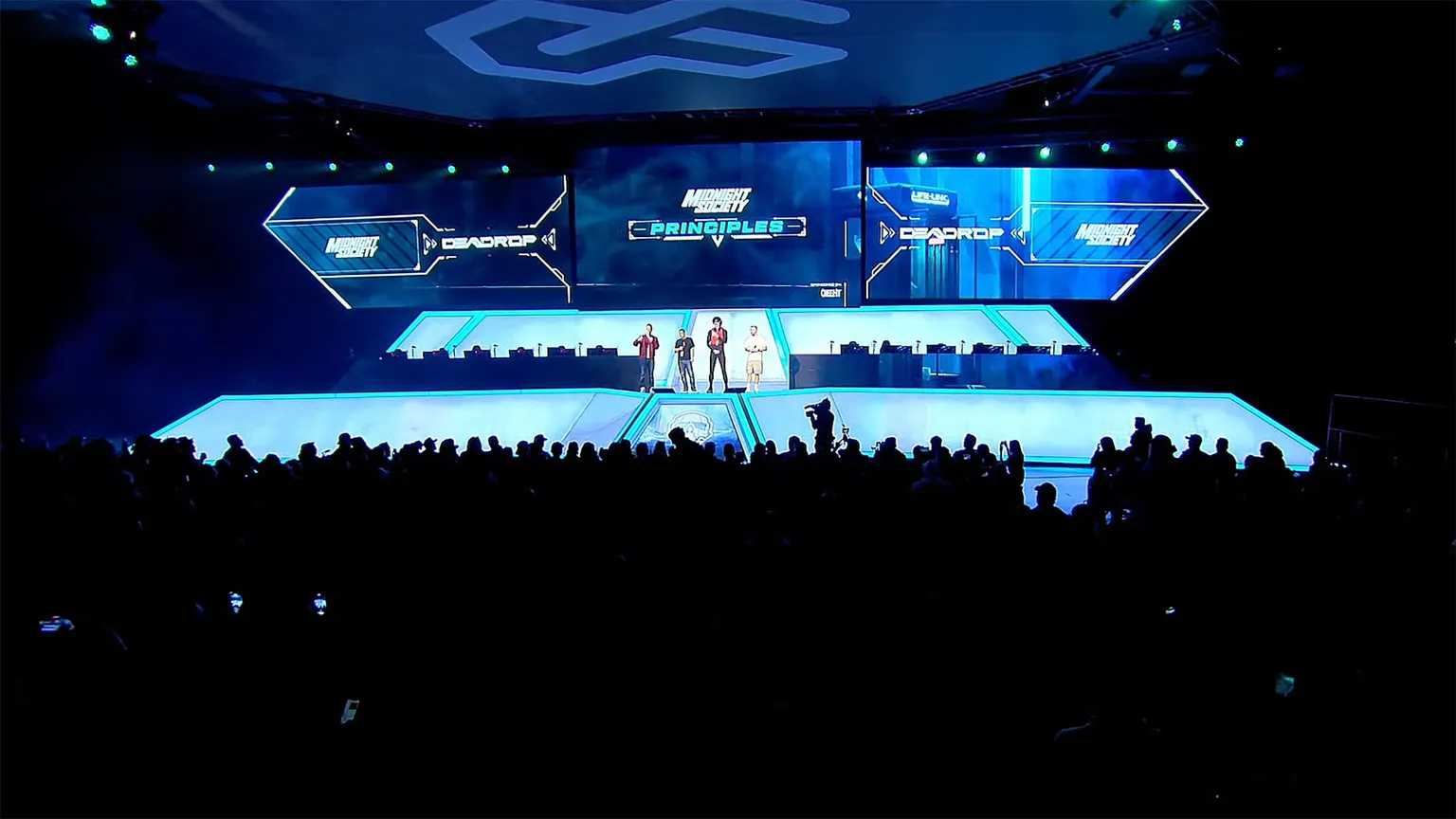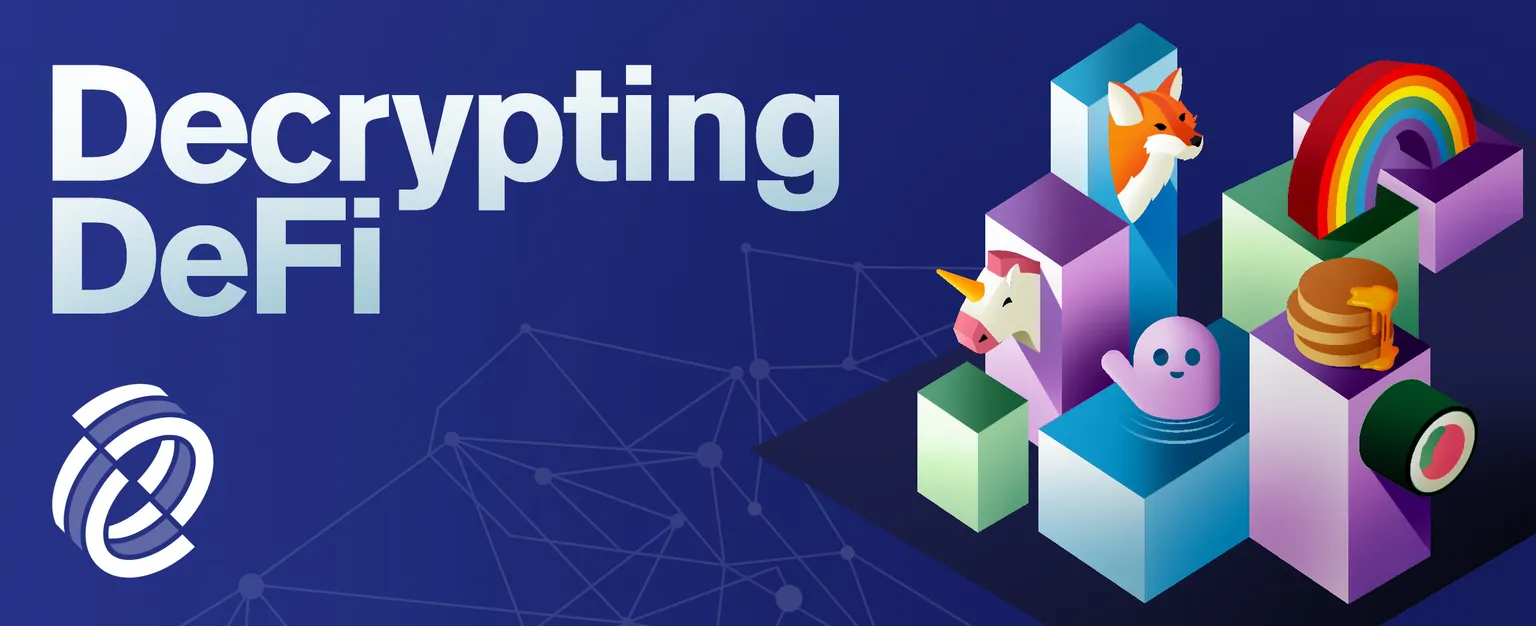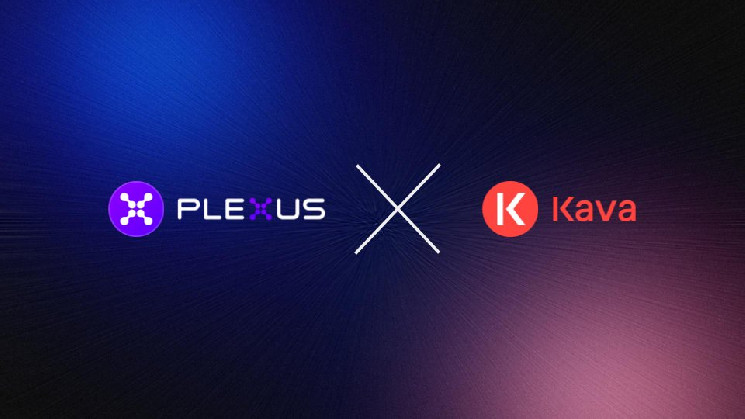Osmosis is a decentralized exchange (DEX) built on the Cosmos blockchain. It is designed to provide a permissionless and non-custodial trading experience for users, enabling them to trade any token in the Cosmos ecosystem as well as tokens from other blockchains via bridges.
Osmosis uses an automated market maker (AMM) model for token swaps, which means that trades are executed based on a mathematical formula that calculates the ratio of the two tokens being traded. This eliminates the need for traditional order books and enables users to trade any token pair at any time without requiring a counterparty.
The Osmosis platform is powered by the Osmosis token (OSMO), which is used for governance and as a medium of exchange for fees and rewards on the network. Users who provide liquidity to the platform are rewarded with transaction fees and a portion of the trading fees generated on the platform.

Here are some of the key features of Osmosis:
- Automated Market Maker (AMM) Model: Osmosis uses an AMM model for token swaps, which means that trades are executed based on a mathematical formula that calculates the ratio of the two tokens being traded. This eliminates the need for traditional order books and enables users to trade any token pair at any time without requiring a counterparty.
- Cross-Chain Trading: Osmosis supports trading of tokens from other blockchains via bridges. This means that users can trade tokens from different blockchains on the Osmosis platform without having to move their assets to a different chain.
- Liquidity Provision and Yield Farming: Users can provide liquidity to pools on the Osmosis platform and earn a share of the trading fees generated by that pool, as well as rewards in the form of OSMO and other tokens. This incentivizes users to contribute to the liquidity of the platform and helps to ensure that there is always sufficient liquidity for trading.
- Permissionless and Non-Custodial: Osmosis is a permissionless and non-custodial platform, which means that users have full control over their assets and can trade them directly on the platform without needing to trust a central authority.
- Governance: Osmosis is governed by its users, who can vote on proposals and changes to the platform using the OSMO token. This ensures that the platform is community-driven and reflects the needs and desires of its users.
Osmosis offers a fast, secure, and user-friendly DEX that enables cross-chain trading, liquidity provision, and yield farming. Its permissionless and non-custodial nature, combined with its community-driven governance model, makes it a popular choice for users who value decentralization and control over their assets.

Here are some of the trading services offered by Osmosis:
- Token Swaps: Osmosis enables users to trade any token pair at any time using its automated market maker (AMM) model. Users can easily swap one token for another without requiring a counterparty. This eliminates the need for traditional order books and enables users to trade quickly and efficiently.
- Limit Orders: Osmosis also supports limit orders, which allows users to set specific prices at which they want to buy or sell a token. When the market reaches the specified price, the limit order is executed automatically.
- Stop Loss Orders: Osmosis also supports stop loss orders, which allows users to set a specific price at which they want to sell a token if the market falls below a certain threshold. This is a useful tool for managing risk and minimizing losses in a volatile market.
- Margin Trading: Osmosis allows users to trade on margin, which means that they can borrow funds to increase their trading position. This enables users to potentially increase their profits, but also increases their risk.
- Liquidity Provision: Osmosis incentivizes users to provide liquidity to pools on the platform by offering a share of the trading fees generated by that pool, as well as rewards in the form of OSMO and other tokens. Users can earn rewards by staking their liquidity provider (LP) tokens, which represent their share of the liquidity pool.
Osmosis offers a range of trading services that cater to different trading styles and strategies. Its automated market maker model enables fast and efficient trading, while its support for limit orders, stop loss orders, and margin trading provides users with more advanced trading options. Its liquidity provision services incentivize users to contribute to the liquidity of the platform and ensure that there is always sufficient liquidity for trading.
Osmosis charges fees for various actions taken on the platform. Here are the main fees that users should be aware of:
- Trading Fees: Osmosis charges a 0.30% trading fee on all trades made on the platform. This fee is split between liquidity providers and the OSMO treasury.
- Withdrawal Fees: Osmosis charges a withdrawal fee of 0.01% on all token withdrawals. This fee is designed to cover the cost of transaction fees on the blockchain.
- Network Fees: Users also need to pay network fees when making transactions on the blockchain. These fees vary depending on the current congestion on the blockchain and are paid in the native token of the blockchain being used.
- Gas Fees: Gas fees are paid when executing smart contracts on the blockchain. These fees vary depending on the complexity of the smart contract and the current congestion on the blockchain.
- Bridge Fees: If users want to transfer tokens between different blockchains using Osmosis’ bridges, they may need to pay a bridge fee. This fee varies depending on the bridge being used.
It’s worth noting that Osmosis also offers rewards to liquidity providers and stakers, which can offset some of the fees. Users can earn rewards in the form of OSMO and other tokens by providing liquidity to pools on the platform, staking their LP tokens, or participating in governance. Overall, the fees on Osmosis are competitive with other decentralized exchanges and are designed to cover the costs of maintaining the platform while providing incentives for users to participate in its ecosystem.
Osmosis has no specific limits on the amount of tokens that can be traded or provided as liquidity on the platform. However, liquidity providers should keep in mind that they need to provide enough liquidity to their chosen pool to ensure that trades can be executed smoothly. If a pool has low liquidity, trades may take longer to execute or may be subject to higher slippage, which can lead to unfavorable trading outcomes.
To encourage liquidity provision on the platform, Osmosis offers rewards to liquidity providers in the form of OSMO and other tokens. These rewards are distributed proportionally to liquidity providers based on their share of the pool’s liquidity.
To ensure that liquidity is distributed fairly across different pools, Osmosis uses a bonding curve model, which means that the price of a pool’s token adjusts based on the amount of liquidity in the pool. This model ensures that pools with more liquidity have a higher price, which incentivizes liquidity providers to add more liquidity to these pools.
Osmosis is designed to provide a fair and efficient platform for decentralized trading and liquidity provision. While there are no specific limits on trading or liquidity provision, users should be mindful of the need to provide sufficient liquidity to ensure smooth trading and should consider the rewards available for liquidity provision when choosing which pools to participate in.

The Osmosis platform has its own native token, OSMO, which plays a central role in the platform’s ecosystem. OSMO is used for governance, liquidity provision, and as a means of exchange within the platform.
The total supply of OSMO is 1 billion tokens, and the token was launched via an Initial DEX Offering (IDO) on the Osmosis platform in March 2021. The OSMO token is distributed as follows:
OSMO holders can participate in governance decisions on the platform, including voting on proposals and deciding the direction of the platform’s development. OSMO holders can also earn rewards for providing liquidity to the platform’s various pools. These rewards are distributed in the form of additional OSMO tokens and other tokens associated with the pool.
In addition to OSMO, there are other tokens associated with the various pools on the Osmosis platform. These tokens represent the underlying assets in the pool and can be traded and provided as liquidity on the platform. The value of these tokens is determined by the bonding curve model used by Osmosis, which adjusts the price based on the amount of liquidity in the pool.
OSMO has a comprehensive roadmap that outlines the platform’s development plans and goals. Here are some of the key milestones and initiatives on the Osmosis roadmap:
Q2 2021:
- Launch of the Osmosis platform
- Integration with the Cosmos Hub and other Cosmos-based networks
- Implementation of the Osmosis governance module
- Launch of the Osmosis community pool
Q3 2021:
- Launch of the Osmosis AMM
- Integration with other blockchain networks, including Ethereum and Polkadot
- Launch of additional liquidity pools on the Osmosis platform
Q4 2021:
- Implementation of additional DeFi features, including lending and borrowing
- Development of the Osmosis DEX aggregator
- Launch of the Osmosis mobile app
2022 and beyond:
- Continued development and expansion of the OSMO platform, including the launch of additional features and integration with other networks
- Expansion of the Osmosis community and ecosystem
- Partnership development and outreach to other DeFi projects and platforms
Osmosis roadmap is focused on creating a robust and comprehensive DeFi platform that is community-driven and accessible to users from multiple blockchain networks. The roadmap highlights the platform’s commitment to ongoing development and expansion, with a focus on building partnerships and expanding the ecosystem.
The core team of OSMO is a group of experienced blockchain and DeFi experts who are working on developing and growing the platform. Here are some of the key members of the Osmosis core team:
- Sunny Aggarwal: Sunny is Osmosis’s founder and a core developer at the Cosmos Network. He has extensive experience in blockchain development and has contributed to the development of several popular blockchain projects.
- Billy Rennekamp: Billy is a core developer at the Cosmos Network and also serves as the head of product for Osmosis. He has experience in software engineering and product management, and has worked on several successful blockchain projects.
- Zaki Manian: Zaki is a core Cosmos Network developer and serves as a technical advisor for Osmosis. He has extensive experience in blockchain development and has contributed to the development of several popular blockchain projects.
- Federico Kunze: Federico is a core developer at the Cosmos Network and also serves as the lead developer for Osmosis. He has experience in software engineering and blockchain development, and has contributed to the development of several popular blockchain projects.
- Anna Rose: Anna serves as the community manager for Osmosis and is responsible for building and engaging with the platform’s community. She has experience in community management and has worked on several successful blockchain projects.
Osmosis core team brings a diverse range of skills and experience to the development and growth of the platform. They are committed to building a community-driven DeFi platform that is accessible to users from multiple blockchain networks.
Security is a top priority for OSMO, and the platform has implemented several measures to ensure the safety of user funds and data. Here are some of the key security features of Osmosis:
- Code audits: OSMO contracts have undergone multiple code audits by reputable firms, including CertiK and SlowMist. These audits help to identify and address any potential security vulnerabilities in the platform.
- Smart contract design: OSMO uses a modular smart contract design, which allows for better code maintainability and reduces the risk of vulnerabilities. The smart contracts are also designed to be upgradable, which allows for the implementation of security upgrades without disrupting the platform’s functionality.
- Multi-signature wallets: OSMO uses multi-signature wallets for key transactions, which require multiple signatures to complete. This adds an extra layer of security to user funds and reduces the risk of unauthorized access.
- Insurance: OSMO has partnered with Nexus Mutual to offer insurance coverage for users in the event of a security breach or smart contract failure. This provides an additional layer of protection for users’ funds and encourages confidence in the platform.
- Bug bounty program: OSMO has a bug bounty program in place, which incentivizes security researchers to identify and report any potential vulnerabilities in the platform. This helps to identify and address security issues before they can be exploited.
OSMO has taken several measures to ensure the security of user funds and data. The platform’s commitment to security and transparency is evident in the various security features and partnerships it has implemented.
OSMO is a decentralized exchange built on the Cosmos ecosystem that offers several unique features for users, including liquidity pools, automated market makers, and customizable AMM parameters. The platform is designed to be user-friendly and accessible to both novice and experienced users.
Osmosis aims to provide a seamless and secure trading experience for users, with a focus on interoperability and scalability. The platform has implemented several security measures, including code audits, multi-signature wallets, and insurance coverage, to ensure the safety of user funds and data.
The Osmosis team is composed of experienced developers, mathematicians, and blockchain experts, who are dedicated to building a robust and sustainable platform for the decentralized finance ecosystem. The platform has a clear roadmap for future development and aims to become a leading decentralized exchange in the industry.
Osmosis is an innovative and promising project that has the potential to transform the decentralized finance landscape. As the adoption of blockchain technology and decentralized finance continues to grow, Osmosis is well-positioned to become a major player in this space.
DISCLAIMER: The Information on this website is provided as general market commentary and does not constitute investment advice. We encourage you to do your own research before investing.
Sourced from cryptonews.net.








